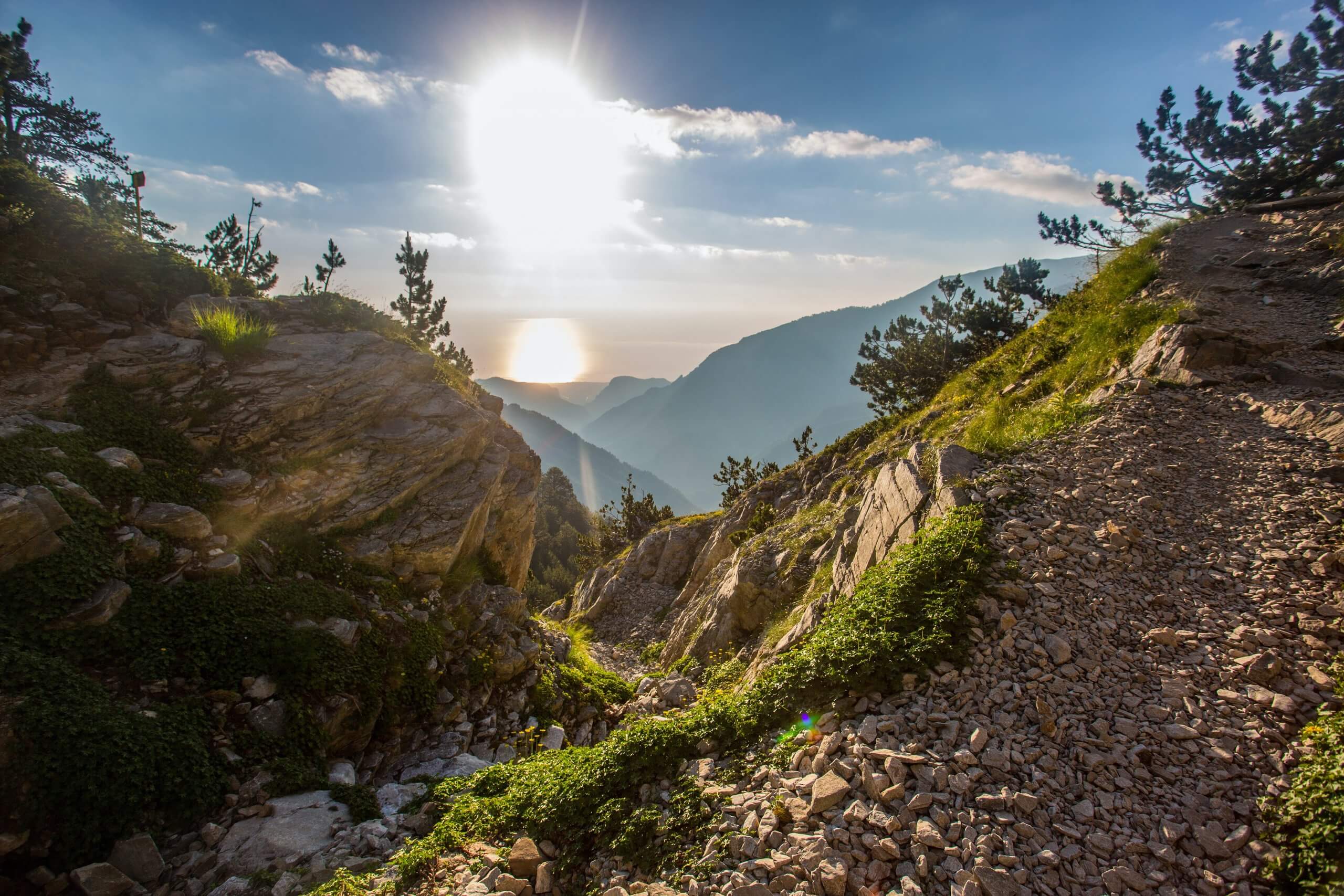A thousand years ago, on March 12, 1022, a great monk, a teacher of theology and spirituality that the Christian East can boast, died: St. Symeon the New Theologian.
His biographer, Niceta Stethatos, who was also his fervent disciple, reports that George — this was his baptismal name — was born in 949 in Galatai, in Asia Minor, into a provincial noble family. He moved as a young man to Constantinople in the service of Constantine VII Porphyrogenitus, Byzantine emperor (905-959), but the civil career didn’t appeal to him. He set out in search of a spiritual guide and found the monk Symeon the Pious, of the Monastery of the Studios in Constantinople, where our Symeon entered in 977. Moving to the small Monastery of St. Mamas, after three years became its superior (hegumen), after being ordained a priest. A few years later, after long contests, he went into exile in the Monastery of St. Marina, which he restored in Palukiton near Scutari, on the other side of the Bosphorus: here he was joined by some monks, wrote many of his works (collected in nine volumes by his biographer), taught, performed miracles and ended his days.
His Prayer to the Holy Spirit is found in the central movement of Ikon of Light, a work written in 1984 by the British composer Sir John Tavener (1944-2013), whom readers may remember for his Song for Athene, performed on September 6, 1997, as a conclusion to the funeral of Princess Diana Spencer.
Here’s the text of the Mystic Prayer to the Holy Spirit:
Come, true light. Come, life eternal.
Come, hidden mystery. Come, treasure without name.
Come, reality beyond all words. Come, person beyond all understanding.
Come, rejoicing without end. Come, light that knows no evening.
Come, unfailing expectation of the saved. Come, the raising of the fallen.
Come, the resurrection of the dead.
Come, all-powerful, for unceasingly you create, refashion and change all things by your will alone.
Come, invisible, whom none may touch and handle.
Come, for you continue always unmoved, yet at every instant you are wholly in movement; you draw near to us who lie in hell, yet you remain higher than the heavens.
Come, for your Name fills our hearts with longing and is ever on our lips; yet who you are and what your nature is, we cannot say or know.
Come, eternal joy. Come, unfading garland.
Come, purple vesture of our great God and King.
Come, belt of crystal set with precious stones.
Come sandal that none dares to touch.
Come, royal robe and right hand true sovereignty.
Come, for my wretched soul has ever longed and ever longs for you.
Come, alone to the alone, for as you see I am alone: you have separated me from all things and made me to be alone upon the earth.
Come for you are yourself the desire that is within me, and you have caused me to long after you, the wholly inaccessible.
Come, my breath and my life. Come, the consolation of my humble soul.
Come, my joy, my glory, my endless delight.[1]
The composer tells of Ikon of Light:
This work should unfold as a ritual in musical terms, attempting to express the inexpressible, i.e. ‘uncreated light.’ The Greek words fos and doxa mean light and glory. The Greeks had a natural inclination towards the ‘luminous,’ hence the central role of the Transfiguration in the mysticism of the Orthodox Church. The string trio may be thought of as the soul ‘yearning for God’ and should be placed preferably in a gallery or somewhere similarly distanced from the singers. […] The Trisagion which occurs on either side of the Prayer means ‘Holy God, Holy and Strong, Holy Immortal, Have Mercy upon us’ and is one of the most frequently used hymns of the Byzantine rite. Epiphania which concludes the work literally means ‘shining forth.’
Ikon of Light was commissioned by the Tallis Scholars with funds provided by the Arts Council of Great Britain. I am deeply indebted to Bishop Kallistos [Timothy Ware] of Diokletia for his advice, to Dr. Elizabeth Briere for her transliteration of the Greek text and for her constant help (J. Tavener, Programme Note).
The result is about 40 minutes of music which, divided into seven movements and conceived for double choir and string trio (violin, viola and cello) heard from a distance, presents for our consideration one of the greatest mystics of the post-patristic Byzantine period: he teaches us that Christian life is an intimate and personal communion of God.
Photo by Ben Dumond on Unsplash.
[1] Christian Peoples of the Spirit, NYU Press, New York 2011, p. 91.


